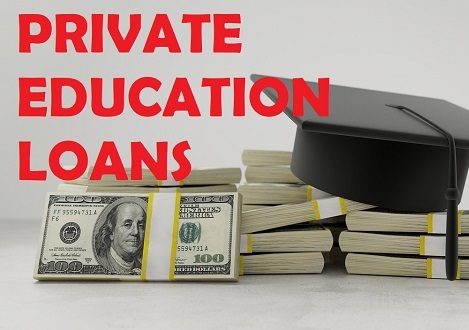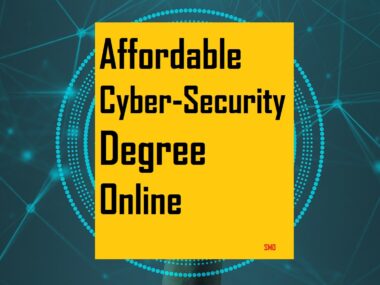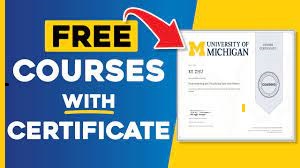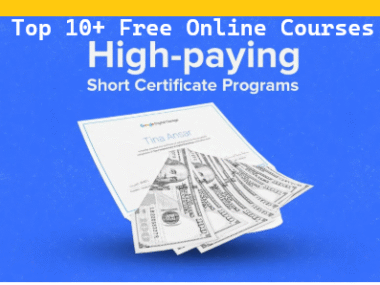When federal student aid isn’t enough to cover your tuition, room, and board, private education loans step in to fill the gap. These loans, offered by private banks and lenders, are often essential for students attending expensive universities or graduate programs.
In this 2025 comprehensive guide, we’ll break down:
- What private education loans are
- When to consider them
- The best private lenders
- Application requirements and tips
- Interest rates, repayment options, and FAQs
What Are Private Education Loans?
Private education loans, or private student loans, are financial products offered by banks, credit unions, or fintech lenders to help students and their families pay for education-related expenses not covered by federal aid.
They typically cover:
- Tuition and fees
- Housing and meals
- Books and supplies
- Travel and technology expenses
Unlike federal loans, private education loans require credit checks, may offer variable interest rates, and don’t offer forgiveness programs.
Top Private Education Loan Lenders in 2025
| Lender | APR Range | Borrower Benefits |
| Sallie Mae | 5.49% – 14.99% | Cosigner release, multiple repayment options |
| Discover Student Loans | 4.99% – 13.99% | No fees, 1% cash reward for good grades |
| College Ave | 5.09% – 15.99% | Flexible repayment terms up to 15 years |
| SoFi | 4.74% – 13.98% | Autopay discount, job coaching support |
| Citizens Bank | 5.25% – 14.75% | Multi-year approval option |
| Earnest | 5.24% – 14.95% | No late fees, skip-a-payment option |
APRs listed are based on creditworthiness and whether a cosigner is used.
Private vs Federal Student Loans: Key Differences
| Feature | Federal Loans | Private Education Loans |
| Source | Government | Private lenders |
| Interest Rate | Fixed, lower | Variable or fixed, higher |
| Cosigner Required | No | Usually yes |
| Forgiveness Options | Yes | No |
| Deferment & Forbearance | Yes | Limited |
| Repayment Terms | Income-driven | Fixed or interest-only |
Eligibility Requirements for Private Loans
To qualify for a private student loan, you typically need:
- U.S. citizenship or permanent residency (international students need a U.S. cosigner)
- Enrollment in an eligible degree program
- Good credit score (typically 650+)
- Proof of income (or a creditworthy cosigner)
- School certification of loan amount needed
Tip: Students with limited credit history often need a cosigner, usually a parent or guardian.
How to Apply for a Private Education Loan
Step-by-step guide:
- Compare lenders – Use online tools like Credible or NerdWallet
- Prequalify – Check eligibility and potential rates with a soft credit check
- Submit application – Include school info, enrollment status, SSN, cosigner details
- Credit review – Hard inquiry and underwriting process
- Loan certification – School confirms attendance and cost of attendance
- Sign agreement – Accept terms and receive disbursement
Repayment Options for Private Loans
Most lenders offer various plans, including:
1. Immediate Repayment
- Start paying principal and interest while in school
- Lowest total cost but highest monthly burden
2. Interest-Only
- Pay only interest during school, defer principal
- Reduces accrued debt
3. Deferred Repayment
- Postpone payments until graduation or after grace period
- Highest total cost due to capitalized interest
4. Fixed Flat Payments
- Pay a small monthly amount ($25–$50) during school
Understanding Interest Rates: Fixed vs Variable
Fixed Rate:
- Stays the same for the life of the loan
- Better for budgeting
- Higher initial APR than variable
Variable Rate:
- Changes with market conditions (based on SOFR or Prime)
- May start lower but can rise significantly
If you expect to repay quickly, variable may save money; for long-term loans, fixed is safer.
Private Loan Red Flags to Avoid
- Origination or disbursement fees
- High late payment penalties
- No grace period or forbearance options
- Mandatory co-borrower on all loan types
- Lack of transparency on rate ranges or criteria
Cosigner Tips
A cosigner:
- Improves your chance of approval
- Can lower interest rates
- Shares responsibility for the debt
Cosigner release is possible after 24–48 months of on-time payments with some lenders.
Tools to Compare Private Education Loans
Use comparison sites for real-time APRs and personalized results:
Should You Refinance Your Private Education Loan?
When it makes sense:
- Interest rates have dropped
- Your credit score has improved
- You want to consolidate multiple loans
- You’re earning more and want better terms
What to consider:
- Loss of any remaining federal loan protections
- Prepayment penalties (rare with student loans)
- Required credit and income documentation
Always use a reputable lender for student loan refinancing like SoFi, Earnest, or Laurel Road.
Frequently Asked Questions (FAQ)
Q1: Can private loans cover all my college costs?
Yes. Most lenders allow you to borrow up to your school’s certified cost of attendance minus other aid.
Q2: Are interest rates higher on private loans?
Generally, yes—unless you have excellent credit or a strong cosigner.
Q3: Can private loans be forgiven?
No. Unlike federal loans, private education loans are not eligible for government forgiveness programs.
Q4: Can I take out a private loan without a cosigner?
Yes, but only if you have strong income and credit. Otherwise, a cosigner is highly recommended.
Should You Take a Private Education Loan?
Private education loans can be a smart tool when:
- Federal aid and scholarships fall short
- You attend an expensive school
- You’ve exhausted grants, work-study, and 529 plans
Just make sure you:
- Compare rates
- Understand repayment terms
- Use a cosigner to get better terms
- Repay responsibly to avoid future financial stress
Education is an investment. The key is to borrow smart, stay informed, and repay strategically.










